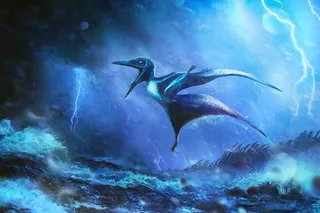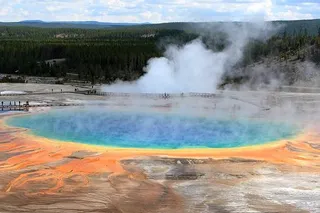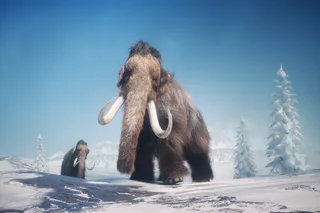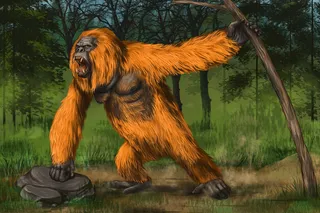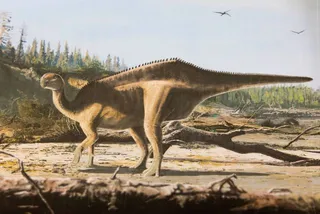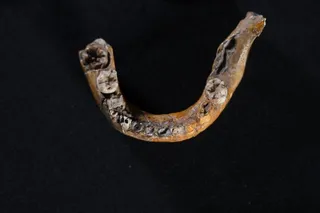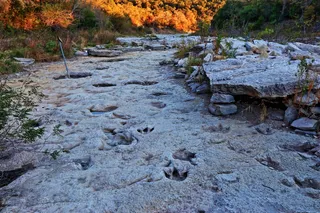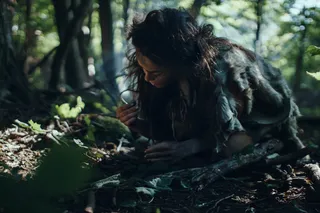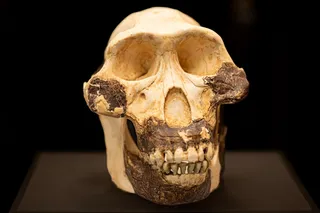An animal’s size shapes the way that it lives and interacts with the world, impacting its lifespan, its locomotion, and its adaptability to its surroundings.
Even though studying the growth of ancient species is tricky, since biologists cannot observe the process directly, biologists believe that studying the size of fossilized creatures could clarify important questions about the lives and the evolution of early animals. Here's what trilobites were, where they lived, and what scientists say about their unique growth rate.
Trilobita, or ancient marine creatures often referred to as trilobites, swam through the seas and skittered across the sea floors millions of years ago and seem to testify to the foreignness of the past. Research in Paleobiology reveals that these strange animals actually lived their lives at a familiar pace, growing at a super-slow rate like modern marine crustaceans.
Trilobites lived in various oceanic environments. They thrived in seas and ...




